38 jenkins pipeline node label
Built-In Node Name and Label Migration Jenkins features using node labels are therefore potentially impacted by any such changes. These features include: Label assignments of various project types, both on the top level (e.g. Freestyle jobs) and within jobs (e.g. node statements in Scripted Pipeline, label parameters to agent sections in Declarative Pipeline, or Matrix Project axes). Pipeline Utility Steps Pipeline Utility Steps. compareVersions: Compare two version number strings; findFiles: Find files in the workspace; nodesByLabel: List of nodes by Label, by default excludes offline nodes.; prependToFile: Create a file (if not already exist) in the workspace, and prepend given content to that file.; readCSV: Read content from a CSV file in the workspace. ...
Using Docker with Pipeline For Jenkins environments which have macOS, Windows, or other agents, which are unable to run the Docker daemon, this default setting may be problematic. Pipeline provides a global option in the Manage Jenkins page, and on the Folder level, for specifying which agents (by Label) to use for running Docker-based Pipelines.

Jenkins pipeline node label
Jenkins Pipeline: Examples, Usage, and Best Practices - Codefresh Jenkins Pipeline is a feature of the Jenkins build server, deployed as a plugin, that lets you implement continuous delivery (CD) pipelines on the Jenkins automation server. Continuous delivery pipelines are automated sequences of processes to deliver software from version control to customers and end-users. Using a Jenkinsfile The parameter in agent/node allows for any valid Jenkins label expression. Consult the Pipeline Syntax section for more details. 3: unstash will retrieve the named "stash" from the Jenkins controller into the Pipeline’s current workspace. 4: The bat script allows for executing batch scripts on Windows-based platforms. groovy - Set node label in Jenkins pipeline - Stack Overflow
Jenkins pipeline node label. Glossary The primary Jenkins application (jenkins.war) which provides the basic web UI, configuration, and foundation upon which Plugins can be built. Downstream. A configured Pipeline or job which is triggered as part of the execution of a separate Pipeline or Job. Executor. A slot for execution of work defined by a Pipeline or job on a Node. A Node ... Pipeline Jenkins Pipeline (or simply "Pipeline" with a capital "P") is a suite of plugins which supports implementing and integrating continuous delivery pipelines into Jenkins. A continuous delivery (CD) pipeline is an automated expression of your process for getting software from version control right through to your users and customers. jenkins pipeline array of nodes with label - Stack Overflow I'm trying to run steps in jenkins pipeline parallel in nodes with specified label I have a hardcoded define with node names "def deviceLabels = ['Node 1', 'Node 2']" and both of these have also label "Device" and that works fine Using a Jenkinsfile Jenkinsfile (Scripted Pipeline) node { checkout scm /* .. snip .. */ } The checkout step will checkout code from source control; scm is a special variable which instructs the checkout step to clone the specific revision which triggered this Pipeline run. Build For many projects the beginning of "work" in the Pipeline would be the "build" stage.
Pipeline Syntax The label or label condition on which to run the Pipeline or individual stage. This option is valid for node, docker, and dockerfile, and is required for node. customWorkspace A string. Run the Pipeline or individual stage this agent is applied to within this custom workspace, rather than the default. Jenkins Pipeline Tutorial For Beginners: Pipeline As Code - DevopsCube Follow the steps given below to create and build our pipeline as code. Step 1: Go to Jenkins home and select "New Item". Step 2: Give a name, select "Pipeline" and click ok. Step 3: Scroll down to the Pipeline section, copy the whole pipeline code in the script section and save it. jenkins - How to use NodeLabel parameter plugin in declarative pipeline ... Let's say you added the parameter (say named slaveName) using the NodeLabel plugin on your pipeline. You now need to extract the value of slaveName and feed it into the agent->node->label field. You can specify the node using the node property inside the agent. Like this - agent { node { label "$ {slaveName}" } } Share Improve this answer Pipeline: Nodes and Processes Label to be displayed in the pipeline step view and blue ocean details for the step instead of the step type. So the view is more meaningful and domain specific instead of technical. returnStatus : boolean (optional) Normally, a script which exits with a nonzero status code will cause the step to fail with an exception.
Pipeline Examples def labels = [ 'precise', 'trusty'] // labels for jenkins node types we will build on def builders = [:] for (x in labels) { def label = x // need to bind the label variable before the closure - can't do 'for (label in labels)' // create a map to pass in to the 'parallel' step so we can fire all the builds at once builders [label] = { node … Jenkins pipeline: agent vs node? - Stack Overflow The simple answer is, Agent is for declarative pipelines and node is for scripted pipelines. In declarative pipelines the agent directive is used for specifying which agent/slave the job/task is to be executed on. This directive only allows you to specify where the task is to be executed, which agent, slave, label or docker image. Pipeline: Nodes and Processes Label to be displayed in the pipeline step view and blue ocean details for the step instead of the step type. So the view is more meaningful and domain specific instead of technical. returnStatus : boolean (optional) ... This block may be executed only on the Jenkins built-in node Jenkins Declarative Pipeline Examples - A Complete Tutorial - Digital Varys label - This means the pipeline will be mentioned as label name and pipeline will look for the available node with the label name mentioned ( agent {label 'my label name for node'} ) node - mentioning node in the agent is same as mentioning label but this will give us more option like custom Workspace ( agent {node {label 'my label name'}} ).
Node and Label parameter | Jenkins plugin This factory enables you to trigger a build of a specific project on all nodes having the same label. Add the "Trigger/call builds on other projects" build step Define the project you want to run on each node Select "All Nodes for Label Factory" from the "Add ParameterFactory" drop-down
Jenkins Declarative Pipeline Examples - A Complete Tutorial any – This means pipeline will run in any available node.(agent any)none – Ideally None mean, the pipeline will run in not run in any agent at top-level, but each stage should be defined with its own agent ( agent none).; label – This means the pipeline will be mentioned as label name and pipeline will look for the available node with the label name mentioned ( agent {label ‘my …
Jenkins Multibranch Pipeline Tutorial For Beginners Aug 06, 2020 · Setup Jenkins Multi-branch Pipeline. Here I will walk you through the step by step process of setting up a multi-branch pipeline on Jenkins. This setup will be based on Github and latest Jenkins 2.x version. You can also use Bitbucket or Gitlab as SCM source for a multi-branch pipeline. Create Multibranch Pipeline on Jenkins (Step by Step Guide)
Best Jenkins Pipeline Tutorial - Create JenkinsFile - LambdaTest Sep 18, 2020 · This Jenkins pipeline tutorial will help you create your first Jenkins pipeline and run Selenium automation in Jenkins through an online Selenium Grid. ... The declarative pipeline is defined within a ‘pipeline’ block, while the scripted pipeline is defined within a ‘node’ block. ... Label; Performs on the labeled agent the pipeline/stage.
Upgrading to Jenkins LTS 2.319.x Label assignments of various project types, both on the top level (e.g. Freestyle jobs) and within jobs (e.g. node statements in Scripted Pipeline, label parameters to agent sections in Declarative Pipeline, or Matrix Project axes). Label assignments of features like custom tool auto-installers, typically used to distinguish OS platforms.
Using Docker with Pipeline When the Pipeline executes, Jenkins will automatically start the specified container and execute the defined steps within it: [Pipeline] stage [Pipeline] { (Test) [Pipeline] sh [guided-tour] Running shell script + node --version v14.15. [Pipeline] } [Pipeline] // stage [Pipeline] } Workspace synchronization
Built-In Node Name and Label Migration Label assignments of various project types, both on the top level (e.g. Freestyle jobs) and within jobs (e.g. node statements in Scripted Pipeline, label parameters to agent sections in Declarative Pipeline, or Matrix Project axes). Label assignments of features like custom tool auto-installers, typically used to distinguish OS platforms.
Jenkins : Pipeline Nodes and Processes Plugin If specified, the label will be used in the Blue Ocean and Pipeline Step views instead of the default labels (e.g. Shell Script or Windows Batch Script). (JENKINS-55410) Improvement: Log additional information to the build log when a node step fails because the agent has been disconnected.
groovy - Set node label in Jenkins pipeline - Stack Overflow
Using a Jenkinsfile The parameter in agent/node allows for any valid Jenkins label expression. Consult the Pipeline Syntax section for more details. 3: unstash will retrieve the named "stash" from the Jenkins controller into the Pipeline’s current workspace. 4: The bat script allows for executing batch scripts on Windows-based platforms.
Jenkins Pipeline: Examples, Usage, and Best Practices - Codefresh Jenkins Pipeline is a feature of the Jenkins build server, deployed as a plugin, that lets you implement continuous delivery (CD) pipelines on the Jenkins automation server. Continuous delivery pipelines are automated sequences of processes to deliver software from version control to customers and end-users.



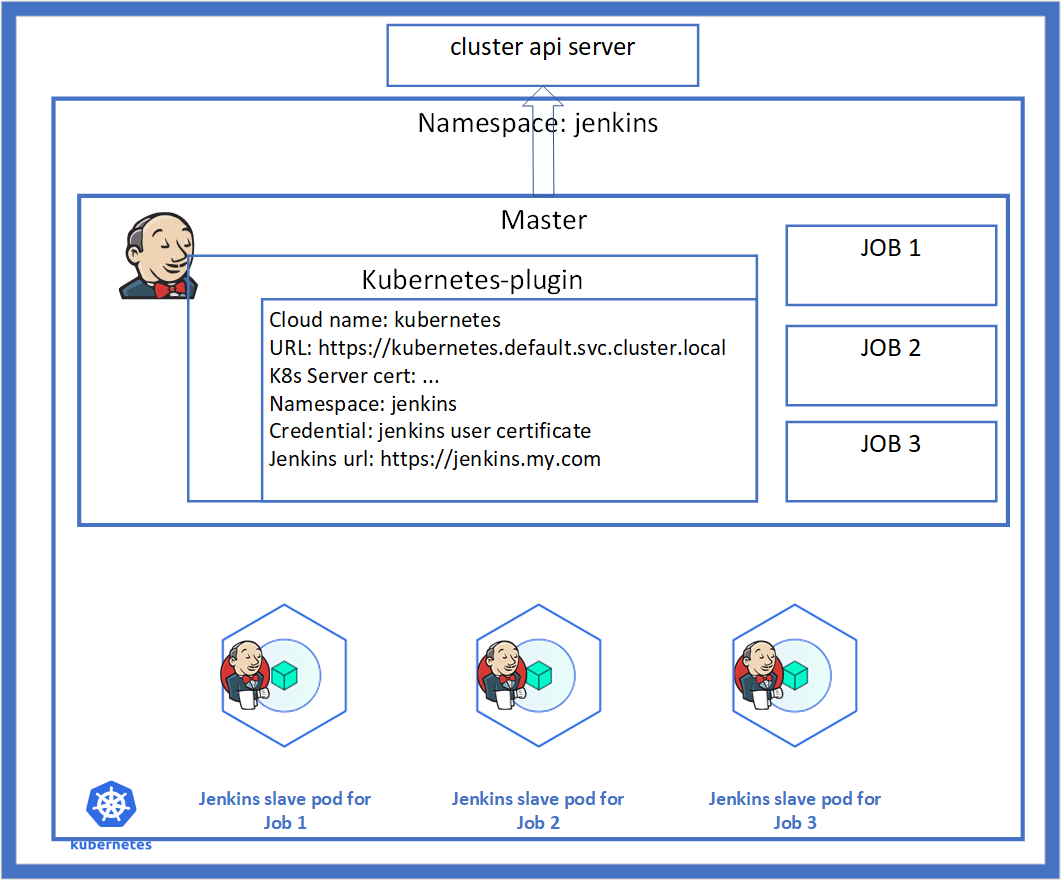
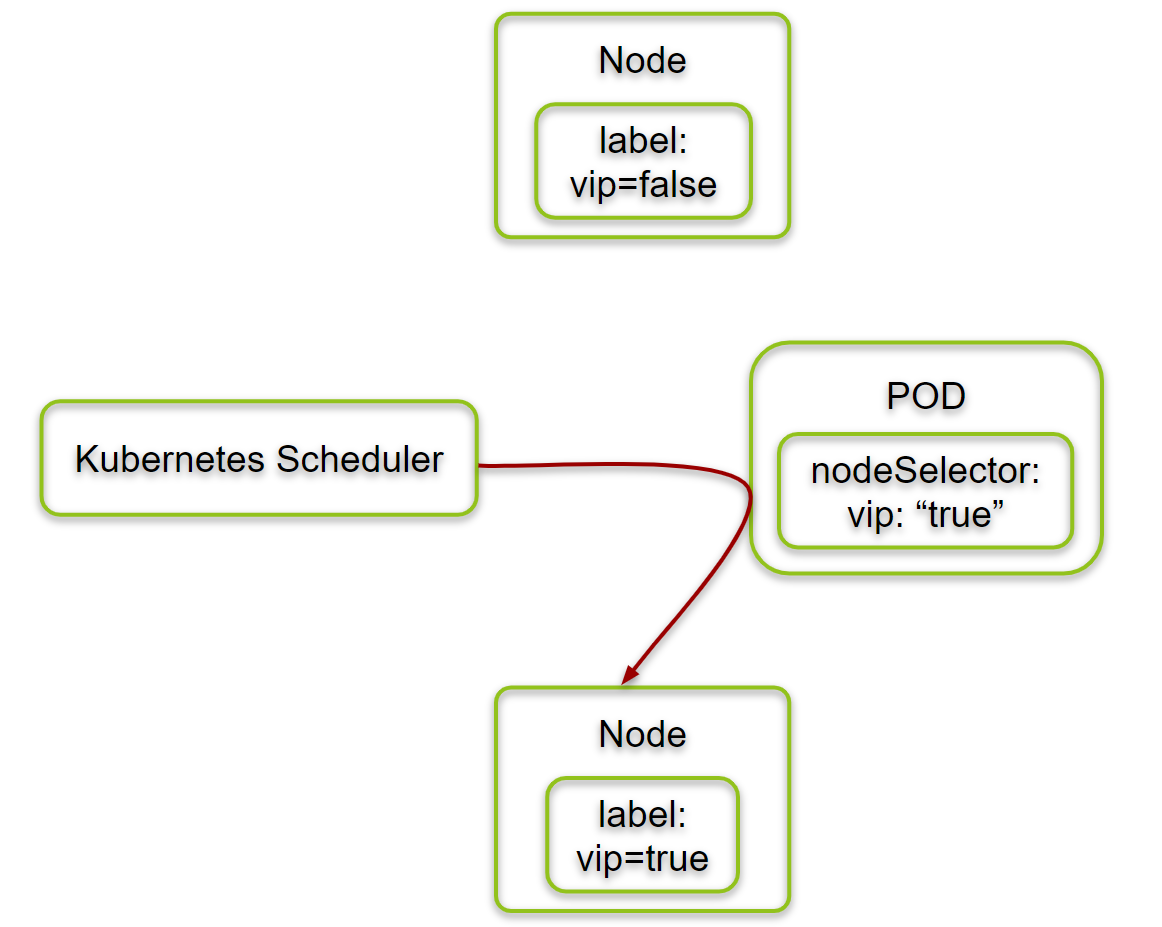





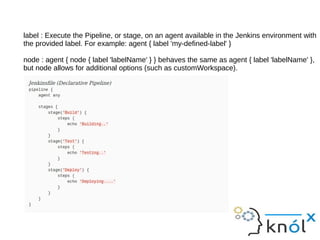

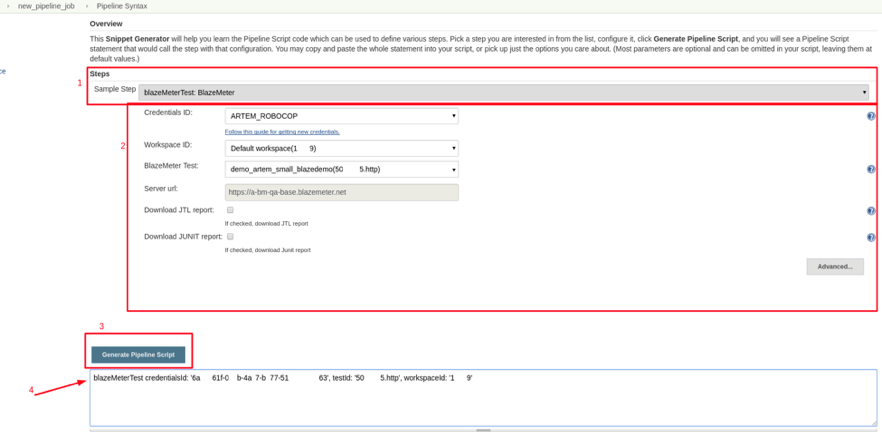



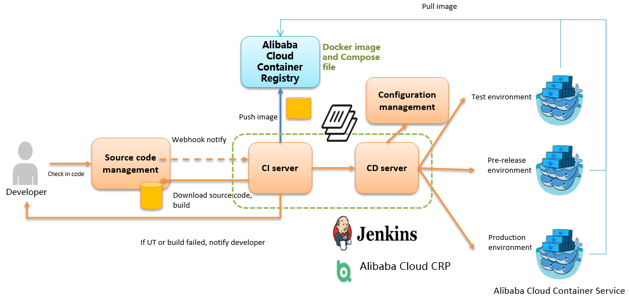













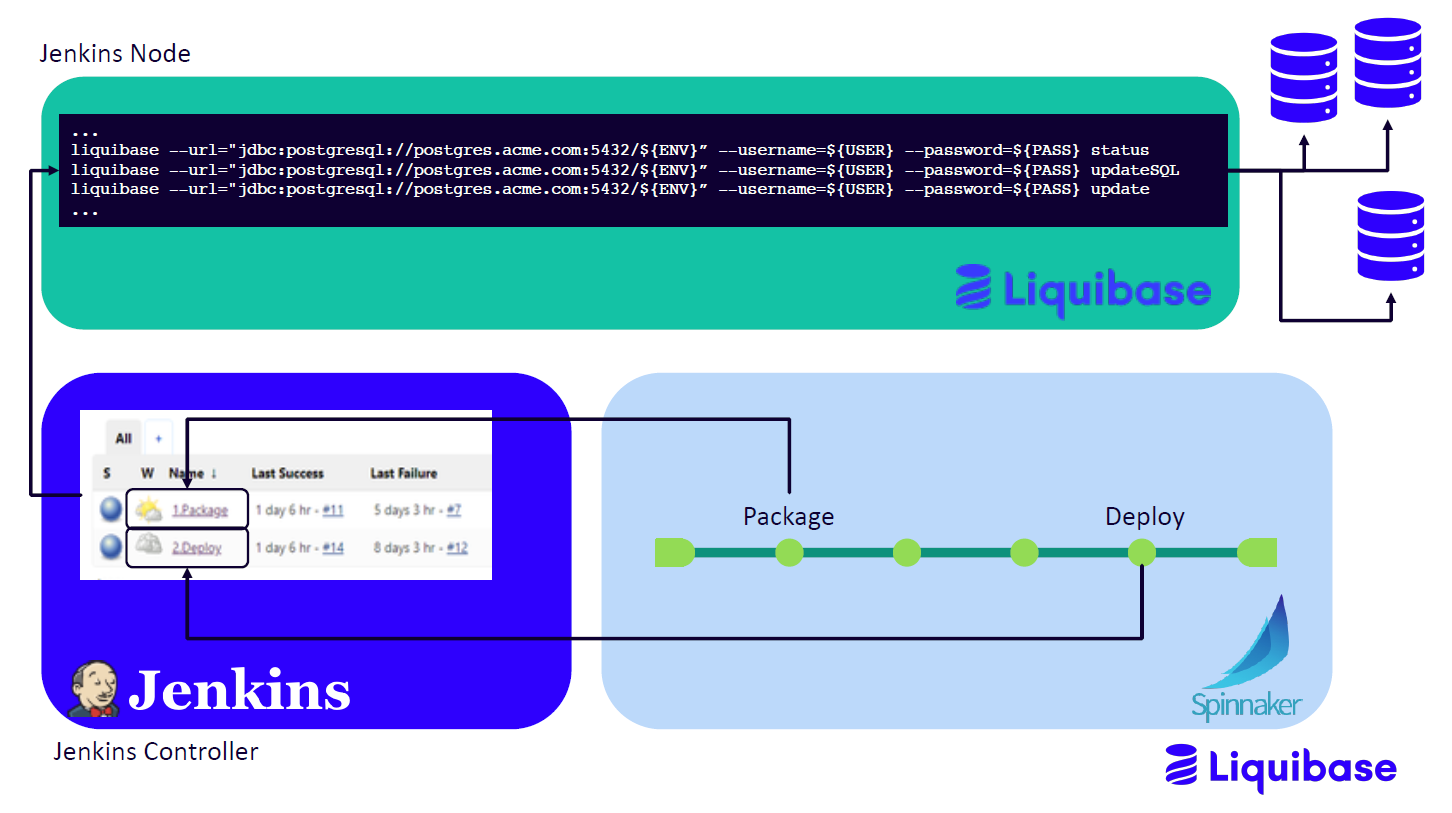



Post a Comment for "38 jenkins pipeline node label"